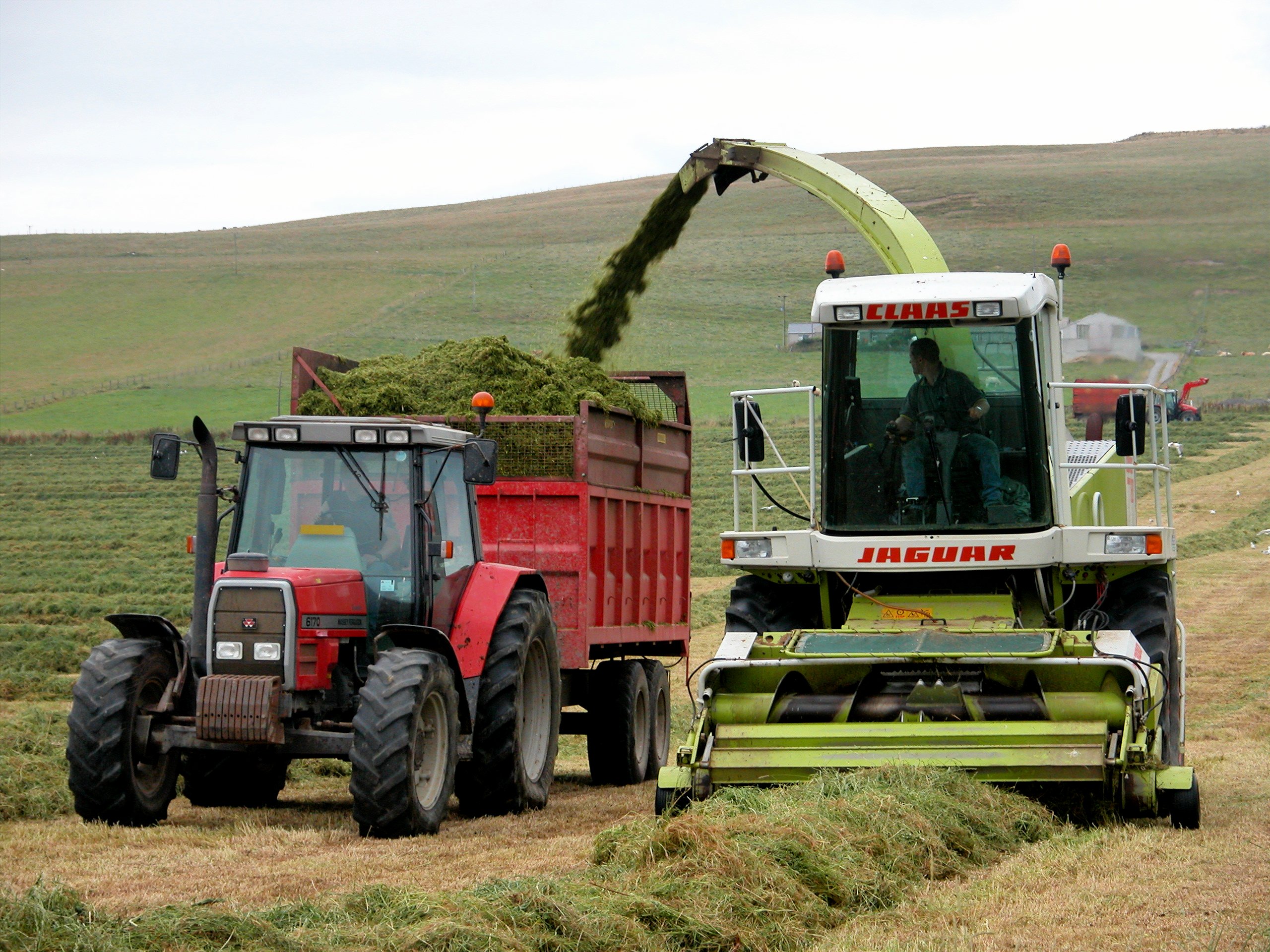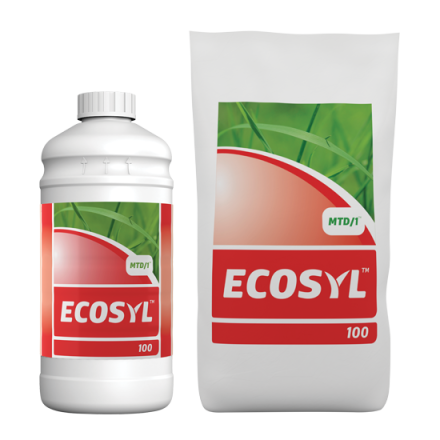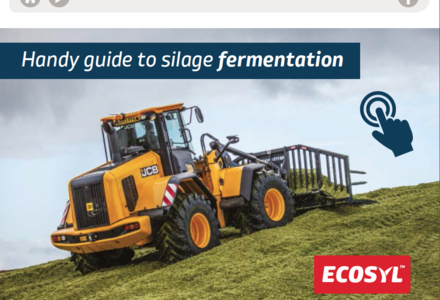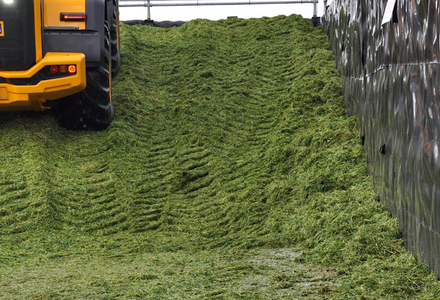Consider cutting grass for silage early
29 April 2021
Consider cutting grass for silage early this spring, rather than leaving it for longer if you continue to have a lack of useful rain, says Ecosyl silage specialist, Peter Smith.

But where rain has arrived, watch out for luxury uptake of unused nitrogen fertiliser into the crop before cutting, which could otherwise buffer the fermentation, he warns.
Cutting grass early vs leaving it to bulk up
Mr Smith says he has received a number of enquiries from farmers recently asking what to do where grass growth has stalled with the dry weather.
“Really there are two options,” says Mr Smith, “leave grass in the hope that it will bulk up, or cut it early.

If you leave it and conditions remain dry in your area, there is a risk that both quantity and quality will suffer as the grass starts to dry out and die back.
“If the grass becomes stressed due to drought there is also a risk it will start to produce seed heads prematurely, which also compromises quality, and turn white in the base, which will affect its ability to regrow.
Alternatively, by cutting silage fields early you could still harvest a reasonable crop and have your first cut safely banked. By leaving green stubbles, it should also be easier for it to regrow. But be careful; it may wilt faster than you think. With a lack of rain, the grass may already be at around 20% dry matter (DM) stood in the field. So if you mow in the morning and ted it within an hour, it might hit a target of 30%DM that same afternoon and be ready to harvest that evening.
“The other thing to consider is if you leave cutting a fortnight and rain settles in, you may not be able to get back in the field to cut it before the end of May.
Boosting fermentation with a proven silage additive
“But whenever you cut, remember the potential for unused nitrogen to be present in the crop, which will buffer the fermentation. Grass should contain less than 1 part per 1,000 of nitrate before cutting.
To boost the fermentation, wilt to a dry matter at the top of the normal range of 28-32% DM and use a proven additive,” Mr Smith suggests.

Ultimately, Mr Smith says cutting decisions should be made on a field-by-field basis, and it may be a case of cut some and leave others.
Other considerations include checking whether slurry has been adequately washed in before cutting, he notes.
For more top tips, explore our silage advice or range of handy downloadable resources.

